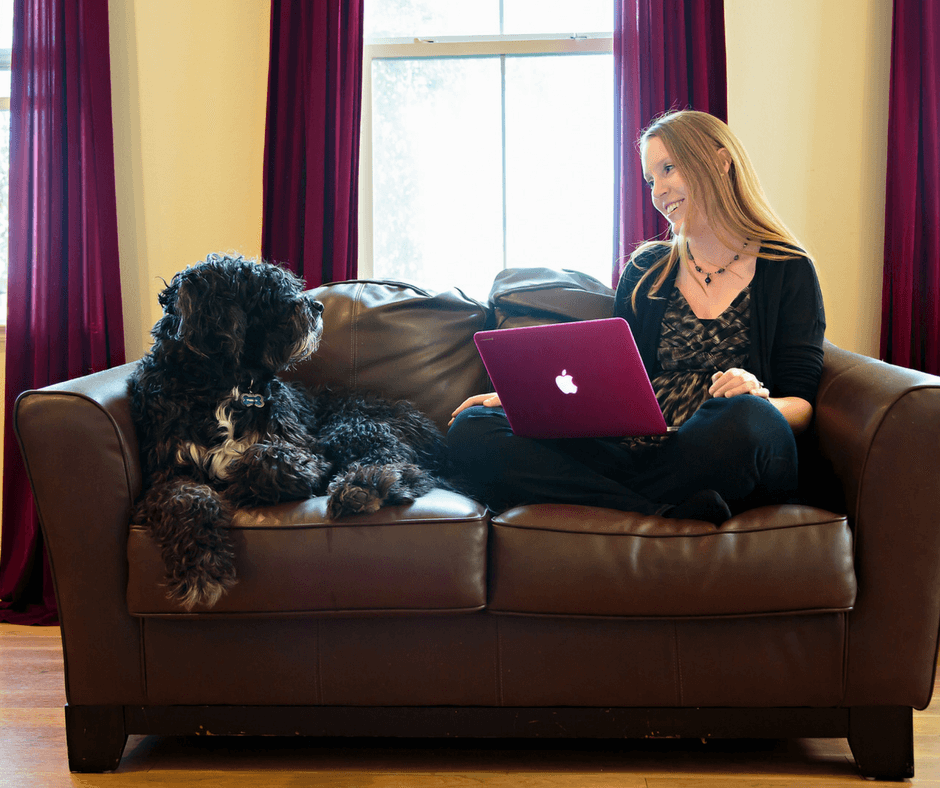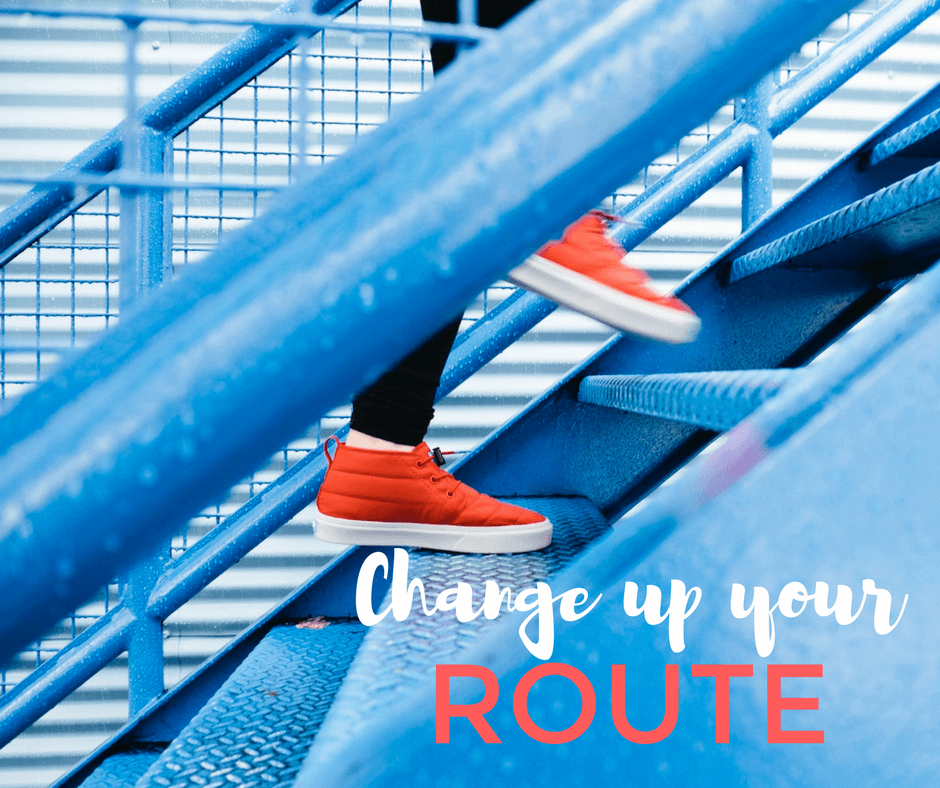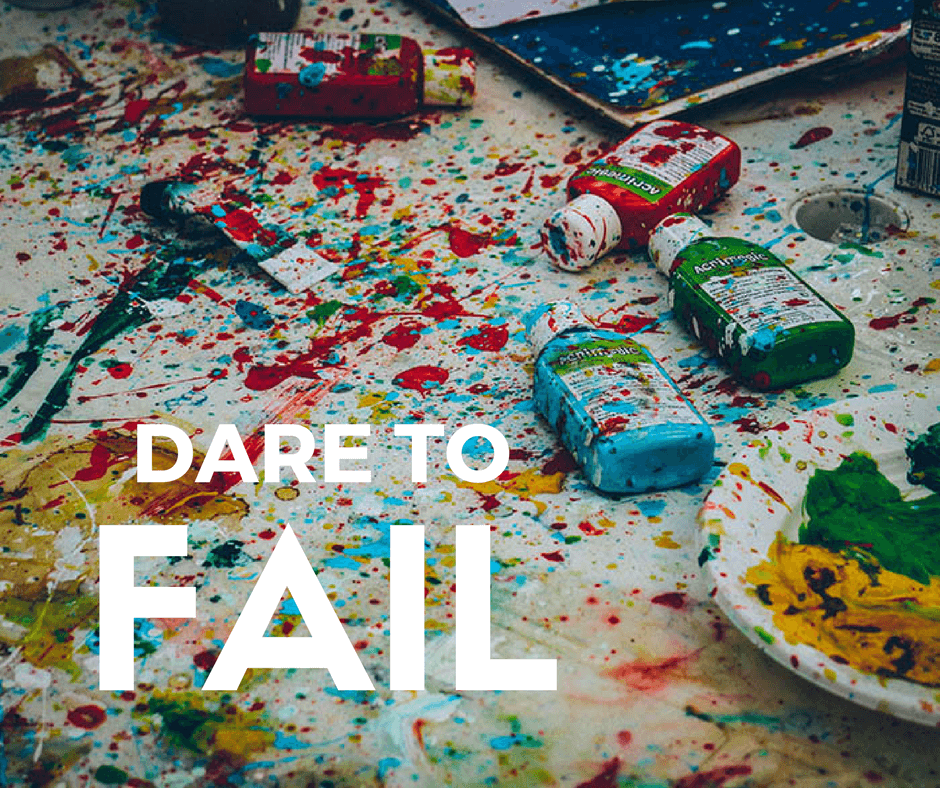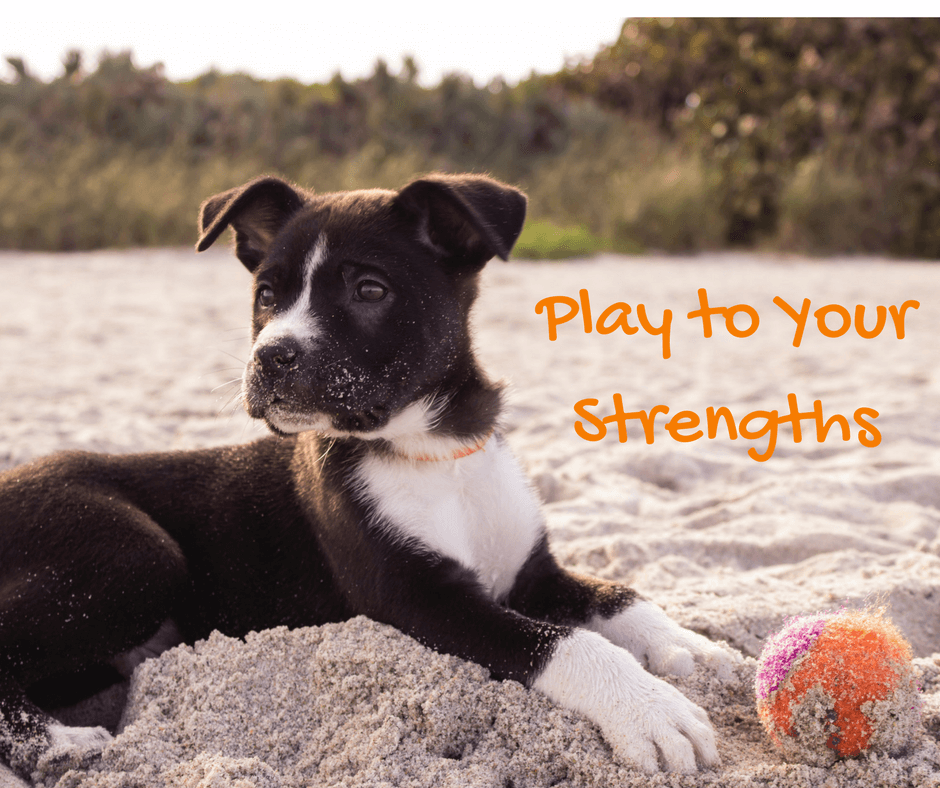by Naomi | Nov 14, 2017 | Creative Life
When I write collaboratively, or for hire, I storyboard a book ahead of time. The creative limitations push me to work within boundaries, and honestly, cause me to take fewer risks.
On the other hand, when I write a book of my heart, I usually choose a question that beguiles and enchants me, which refuses to let me go. I follow my curiosity, tumbling through the drafting process, allowing the characters to be more than actors in my master plot. I find myself being surprised, challenged, pushed to consider alternate perspectives. I end up with a messy draft, but the final product is always a more interesting and original novel.

Recently, while reading Creativity: Flow and the Psychology of Discovery and Invention, by Mihaly Csikszentmihalyi, I found that my experience is common to other creatives. One of the many insights the book shares is that often, smaller amounts of progress are made when a question is posed to a creative and he or she works within limitations. Larger leaps happen when the creative both defines AND resolves a question.
When I think about it, this reality makes sense. Once twenty people have identified the fact that we need a book that shows us what happens when x meets y… the eventual books written may end up having many similarities. However, if the question is one most of us hadn’t yet asked, the resulting book is likely to push us to think in startling new ways.
The reality of this in my own writing process is that revision feels like untangling a delicate chain. I find a starting place and work to loosen one knot, only to realize that I’ve created another. The line from beginning of project to end is not straight or predictable. And yet, the unpredictability of this approach, the joy of discovery, the fact that I learn and grow through the writing, makes the struggle worthwhile.
I believe the artist’s job is to spend time wrestling with questions. We aren’t required to have more answers than other people, but we do need to ask more questions. We also need to spend more time working through the questions. The more time invested, the more work that we can do. Through conversations with others, revision, reflection, and feedback, we become more of who we desire to be, and our work becomes more than what we, personally, could have made it.
Maybe it’s not the most efficient way of writing a book. However, for me, it’s the way to end up writing a meaningful book.
So, here are some questions for you. Why are we all in such a rush? What are we all missing, due to our impatience? What might be possible if we slowed down and learned to savor the process?
I’d love to hear about your revision process, and how you deal with that ticking inner clock. Share below, or tag me on Facebook or Twitter. Let’s find ways to take the time we need to make our very best work.
by Naomi | Oct 31, 2017 | Creative Life

NaNoWriMo is one of my favorite challenges of the year. Participating feels like giving myself an early Christmas present, the gift of allowing myself to prioritize my writing.
However, with November right around the corner, I realize that if I dropped everything to draft a new novel, I’d only be adding more crazy to my creative life. I don’t need more drafts of new novels. I need to buckle down and finish the one I’m working on.
I’m in the messy middle, with a manuscript that I’m now revise-drafting.
I wonder how many other writers find themselves in this place? For me, revision requires identifying problems, brainstorming solutions, drafting scene possibilities, making thousands of choices, and all the while, smoothing and refining as I go.
I really do wish I could use the stage-by-stage wheel that I sometimes see in elementary classrooms, where writers move clothespins labeled with their names from step to step: idea generation, drafting and on to revision. However, once I enter the revision phase, I need to bounce back and forth into all of those modes of thinking.
Wild bouncing may seem to appeal to a creative mind like mine…
It certainly is what comes most naturally. In actuality, bouncing can clog up momentum’s wheels. If I try to draft when my brain is deep in sentence-by-sentence analysis mode, drafting a few paragraphs can take hours. It truly does matter what I set out to do when I start a writing session, particularly when time is of the essence. Structure is absolutely needed, and yet, too much structure, and my creativity hides under the table. This conundrum–the need for structure that doesn’t suffocate–is the root of Writerly Play, the need that drove me to develop a model for mapping the creative process in the first place.
I’ve been doing a lot of research on the brain science of creativity, and have also spent a lot of time applying Writerly Play as a tool to help my students move forward with their projects. However, I’ve never documented how I use Writerly Play in my own revision process day-to-day. Aha! An opportunity to learn gain new insight.
Tomorrow, it will be November.
If you’re a writer (and in my opinion, we all have stories to tell, but that’s another topic for another day) I hope you’ve given yourself permission to prioritize your writing this month. Thousands of people participate, so you’ll be in good company. All you have to say is, “It’s NaNoWriMo, I’m writing,” and most people will understand why you need an hour or two a day to camp out in your favorite writing space. If they’ve never heard of NaNoWriMo, you can send them to NaNo’s website, and nine times out of ten, they’ll be amazed and impressed and ready to cheer you on.
I’ll be revising my draft, which will likely involve drafting 20,000 new words, and will surely involve dealing with the 60,000 words that I already have. I’m using the last day of the month as a firm deadline. On November 30, I will send my manuscript out to beta readers for feedback. No excuses.
As you can imagine, I’ll be a little busy this month, so you won’t see posts like the ones I normally write. However, I will post on the blog throughout the month about how I’m using Writerly Play as I revise. I’m curious to map a project in real time. I know I’ll learn a lot about how I think and create, and I can’t wait to look over the project at the end and see what insights I gain that might be helpful for others, too.
Ready? Let’s go write!
SaveSave
SaveSaveSaveSave
SaveSaveSaveSave
by Naomi | May 18, 2017 | Writerly Play Activities
Visit the Writerly Play Attic to collect experiences and sensory detail to bring your creative work to life. Never heard of the WP Attic? Learn how Writerly Play thinking strategies supercharge your creativity here.

As many as 45% of our daily choices are driven by habit. What does this mean when it comes to developing characters?
- We need to know what they do every day.
- We need to know what circumstances might alter their routine.
- We need to know what impact “waking up” might have on their personality.
It’s easy to assign habits to characters unthinkingly.
Without intending to, we give our characters actions, thoughts or habits that actually are our own. What do you pay attention to when you go for a walk? Do you notice every leaf blower, and find detours to avoid them because the dust makes you sneeze? Do you cross the street to say hello to every dog you see because you simply can’t resist?
You might find that these same habits show up in your characters. That’s okay, of course. Every character a writer creates is somehow woven out of his or her experience. However, sometimes we let these assumptions slip through unchecked. Or worse, we might create characters who walk in their neighborhoods without noticing anything at all. We’re so busy driving toward our next plot point that we allow our characters to be bland. They don’t have little quirks or pet peeves. They’re too busy saving the world to have a favorite snack or secret obsession, such as perfecting their cartwheel.
The best way to shake up our thinking is to start paying attention to our own habits. When we see the many small choices we make every day without even noticing, we can start to think about how our characters might choose differently.
Try This: Change up your Route
Is there somewhere you go weekly, or even daily? What if you took a different route? The fresh scenery might help you to notice what captures your attention. What do you see, smell, and hear? Take the time to notice, and as you do, also consider your character. Would he or she notice the same things? Something different? Would his or her reaction resemble yours, or would he or she feel differently than you feel about leaf blowers or dogs?
Try it out and then come on back and share what you notice. I’d love to hear how this strategy works for you. You can also connect with me on
Facebook or
Twitter.
SaveSave
by Naomi | May 11, 2017 | Creative Life
One of the first questions I ask writers as they develop a story character is “What are your character’s strengths?” After identifying strengths, we also think about weaknesses. However, we start by looking for those places where a character shines.
If a character has only weaknesses or is overwhelmed by life’s challenges, she doesn’t have the confidence to begin taking action. Characters who can’t take action quickly lose a reader’s interest. We want to shake them by the shoulders and say, “DO something!”
But in our own lives, we tend to focus on the problems.
What isn’t working? What do we need to fix? Maybe this approach is due to the overwhelming amount of marketing messages we encounter. These messages are craftily designed to remind us of who we are not and what we do not yet have. Savvy marketers know that when they sell a transformation, buyers buy. And yet, when we spend most of our time identifying how we ought to be transforming: personally, professionally, creatively, socially, and so on, we lose our footing. Or to be more specific, we lose our confidence.
Starting with a win is a sure way to keep winning.
I’m not talking about fooling ourselves with overly sunny self-talk. We know when we’re telling ourselves a lie. The trick is to start with a win we’ve already achieved, or one that isn’t a long shot from where we currently stand.
Research shows that a key factor to achieving a goal is belief. We must believe we are capable of success. Until we have actually conquered a challenge, we might hope we can overcome the odds, but we don’t know for sure. On the other hand, each real success adds to a track record that builds our confidence. Sounds obvious, right? Yet, we still struggle.
Why? We don’t play to our strengths.
Think about the last time you did something new. Did you first review any current skills or successes on which you might build? Or did you focus on the gap between your skills and your goals? Chances are high you focused on the gap. You’re definitely not alone!
When we consider a child who doesn’t know how to play guitar or draw or speak Spanish, we give the child the benefit of the doubt. They need time to learn this new skill set. As adults, we don’t give ourselves that grace. We look around at peers and we see their expertise. Without questioning our assumptions, we berate ourselves for what we have yet to learn. Rather than playing to our strengths, we start from our weaknesses. In most cases, this negative beginning leads to false starts, slow learning curves, and more often than not, we give up.
What if, instead, you played to your strengths?
What if your approach to learning something new went like this?
- Find a point of connection between what you currently do well and what you want to learn.
- Start with that connection point, and give yourself a small challenge. Choose a challenge you are sure you can tackle.
- When you achieve your goal, celebrate! Tiny mid-journey celebrations help us enjoy the learning process.
- Next, choose a new challenge that stretches you one step further.
- Move forward in this way, small challenge to small challenge.
- If you fail to reach a challenge, don’t fret! Return to your most recent success and analyze what you can learn from the failure. What adjustments will give you a better chance of success the next time around?
- After a few weeks or a month, look back over your progress and note how far you’ve come. Chances are high that you’ll be amazed!
Try it out, and then come on back and share the story of how it went. I’d love to hear about your journey. You can comment below, or connect with me on
Facebook or
Twitter.
Here’s to you and your creative growth!
by Naomi | Apr 18, 2017 | Writerly Play Activities
Visit the Writerly Play Studio and play your way into creative discoveries. Never heard of the WP Studio? Learn how Writerly Play thinking strategies supercharge your creativity here.

Do you remember when you first tried to do a cartwheel? How easy was it for you to take a running start and plant your weight firmly onto your hands, flipping your feet up off the floor?
Or maybe you didn’t take a running start. Maybe you tried to play it safe, and rather than elegantly flipping heels over head, you flopped ungracefully onto the floor. Even if you did take a running start, you probably tumbled onto the ground at least once as you practiced and worked out the mechanics.
In theatre class, when we teach circle games, we often also teach the students to strike a “superstar” pose when a mistake is made. The point of the parameters in a circle game isn’t to humiliate people when they make a mistake. The point of parameters is to push players to engage with more intensity. Games are more fun when there’s a risk of failure. There’s an energy and excitement to taking on a challenge. There’s mystery, too. Will we succeed? Will we fail? What will happen?
Playing at the edge of your boundary, out where you might succeed and you might fail, where you honestly don’t know what will happen, is exciting. These boundaries are where surprises show up. They are where we make break-throughs.
Try This:
- Choose a project.
- Dare to fail. In your next creative session, dare to create badly. Dare to write badly, or to be a bad actor. Let go of being careful. Forget what you know about craft and just throw yourself into creating.
- After you’re done, reflect on the experience. Much of what you did may have been over the top or poorly executed, and yet, you might find bits and pieces that have potential, too. When you throw caution to the wind, you move into new territory, and new territory tends to be full of discovery.
Daring to fail, even privately, isn’t easy. We like the idea of being accomplished, and it can bruise our ego to experience the humiliation of doing something poorly. And yet, it’s important to consider: How will you know what you’re capable of, if you don’t push beyond your comfort zone?
Daring to fail is like taking a running start at a cartwheel. You throw yourself into it, and learn from what works and what doesn’t. What might you be capable of, if you stop tiptoeing and go ahead and take a running start?
Try it out, and then come back and share your story. I’d love to hear about your experience and your courage. You can comment below, or connect with me on
Facebook or
Twitter.






